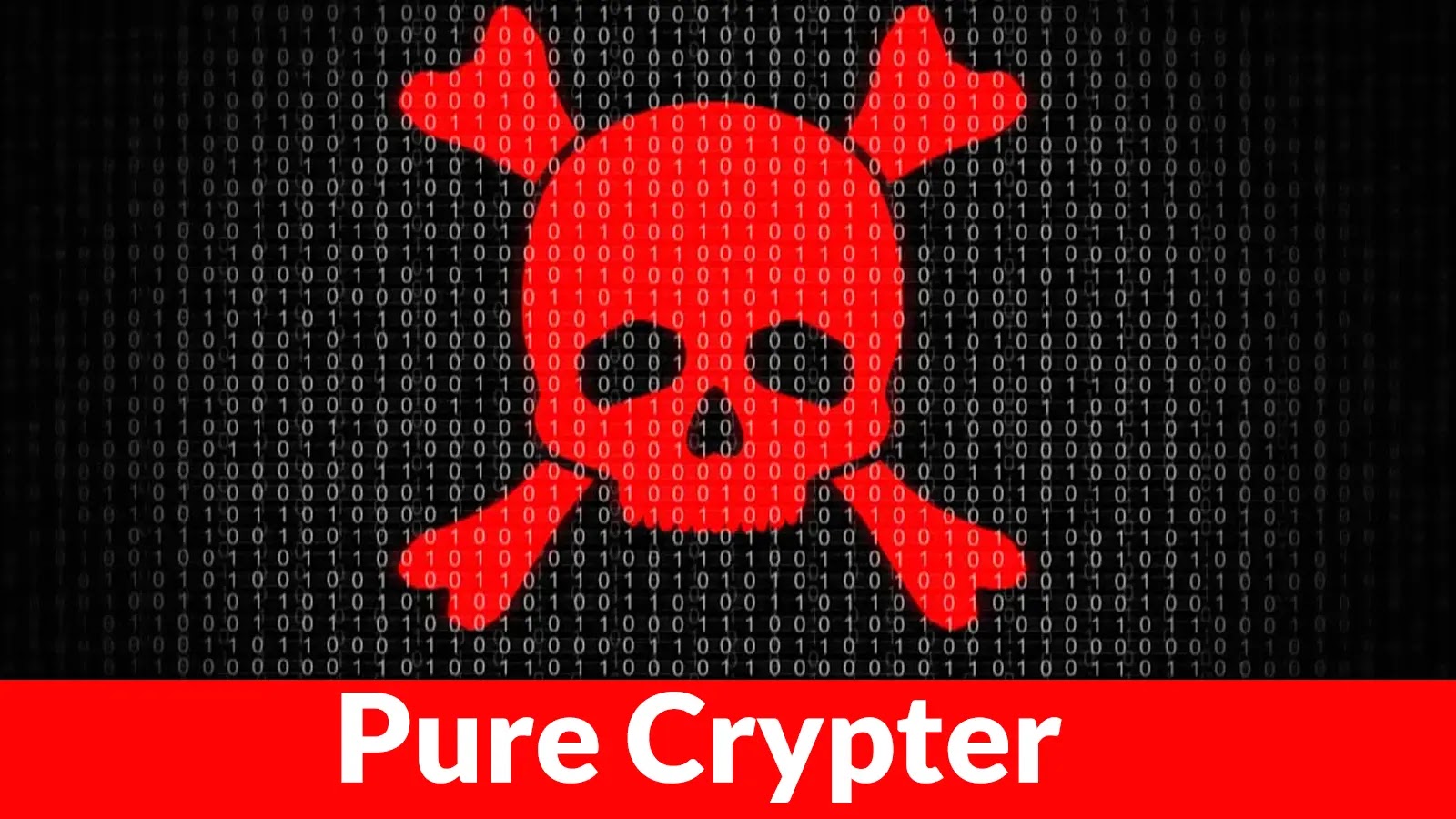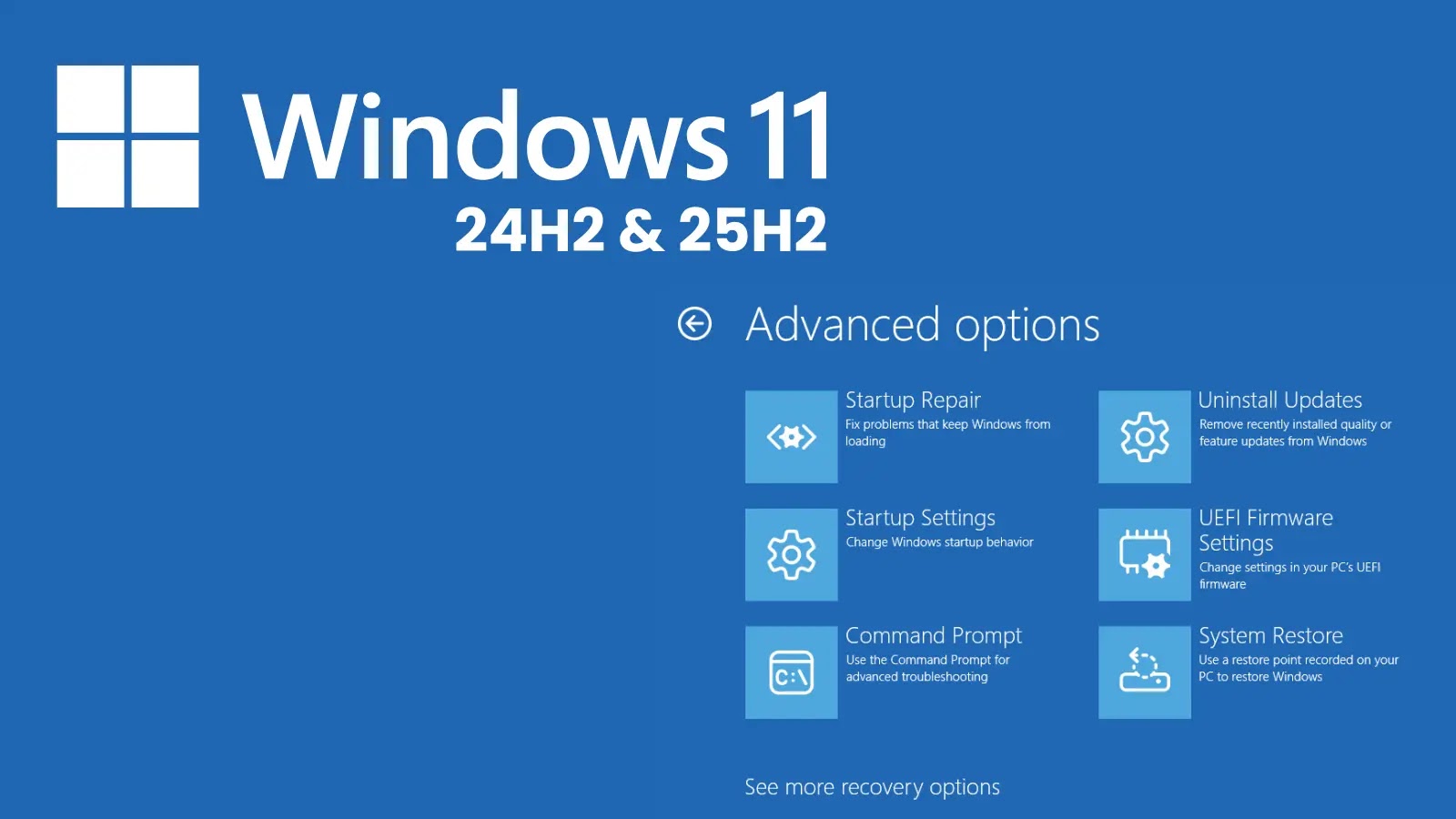As artificial intelligence (AI) and cloud technologies continue to evolve, organizations are increasingly adopting security measures to protect sensitive data and ensure compliance with regulatory standards. AI Security Posture Management (AI-SPM) solutions have emerged as vital tools for securing AI pipelines, safeguarding data assets, and maintaining the integrity of the AI ecosystem. These solutions assist organizations in identifying risks, enforcing security policies, and protecting critical data and algorithms.
However, not all AI-SPM tools offer the same capabilities. To make an informed decision when selecting an AI-SPM solution, organizations should consider the following five critical questions:
1. Does the solution provide comprehensive visibility and control over AI and associated data risks?
With the widespread deployment of AI models across enterprises, it’s crucial to maintain visibility and control over AI models, datasets, and infrastructure. This oversight helps mitigate risks related to compliance, unauthorized use, and data exposure. Any gaps in visibility or control can leave organizations vulnerable to security breaches or compliance violations.
An effective AI-SPM solution should offer seamless AI model discovery, creating a centralized inventory that provides complete visibility into deployed models and associated resources. This centralized view enables organizations to monitor model usage, ensure policy compliance, and proactively address potential security vulnerabilities. By maintaining a detailed overview of models across various environments, businesses can proactively mitigate risks, protect sensitive data, and optimize AI operations.
2. Can the solution identify and remediate AI-specific risks within the context of enterprise data?
Integrating AI into business processes introduces unique security challenges beyond those encountered in traditional IT systems. For example:
– Are your AI models susceptible to adversarial attacks and exposure?
– Are AI training datasets adequately anonymized to prevent the leakage of personal or proprietary information?
– Are you monitoring for bias or tampering in predictive models?
An effective AI-SPM solution must address risks specific to AI systems. It should protect training data used in machine learning workflows, ensure datasets comply with privacy regulations, and identify anomalies or malicious activities that might compromise AI model integrity. Ensure that the solution includes built-in features to secure every stage of your AI lifecycle—from data ingestion to deployment.
3. Does the solution align with regulatory compliance requirements?
Regulatory compliance is a top concern for businesses worldwide, given the growing complexity of data protection laws such as the General Data Protection Regulation (GDPR), the National Institute of Standards and Technology (NIST) AI standards, the Health Insurance Portability and Accountability Act (HIPAA), and others. AI systems amplify this challenge by rapidly processing sensitive data in ways that can increase the risk of accidental breaches or non-compliance.
When evaluating an AI-SPM solution, ensure that it automatically maps your data and AI workflows to governance and compliance requirements. The solution should be capable of detecting non-compliant data and providing robust reporting features to enable audit readiness. Additionally, features like automated policy enforcement and real-time compliance monitoring are critical to keeping up with regulatory changes and preventing hefty fines or reputational damage.
4. How well does the solution scale in dynamic cloud-native and multi-cloud architectures?
Modern cloud-native infrastructures are dynamic, with workloads scaling up or down depending on demand. In multi-cloud environments, this flexibility presents a challenge: maintaining consistent security policies across different providers (e.g., Amazon Web Services, Microsoft Azure, Google Cloud) and services. Adding AI and machine learning tools to the mix introduces even more variability.
An AI-SPM solution needs to be designed for scalability. Determine whether the solution can handle dynamic environments, continuously adapt to changes in your AI pipelines, and manage security in distributed cloud infrastructures. The best tools offer centralized policy management while ensuring that each asset, regardless of its location or state, adheres to your organization’s security requirements.
5. Will the solution integrate with our existing security tools and workflows?
A common mistake organizations make when adopting new technologies is failing to consider how well those technologies will integrate with their existing systems. AI-SPM is no exception. Without seamless integration, organizations may face operational disruptions, data silos, or gaps in their security posture.
Before selecting an AI-SPM solution, verify whether it integrates with your existing data security tools like Data Security Posture Management (DSPM) or Data Loss Prevention (DLP) systems, identity governance platforms, or DevOps toolchains. Equally important is the solution’s ability to integrate with AI/ML platforms like Amazon Bedrock or Azure AI. Strong integration ensures consistency and allows your security, DevOps, and AI teams to collaborate effectively.
Key Takeaway: Make AI Security Proactive, Not Reactive
Remember, AI-SPM is not just about protecting data—it’s about safeguarding the future of your business. As AI continues to reshape industries, having the proper tools and technologies in place will empower organizations to innovate confidently while staying ahead of emerging threats.



